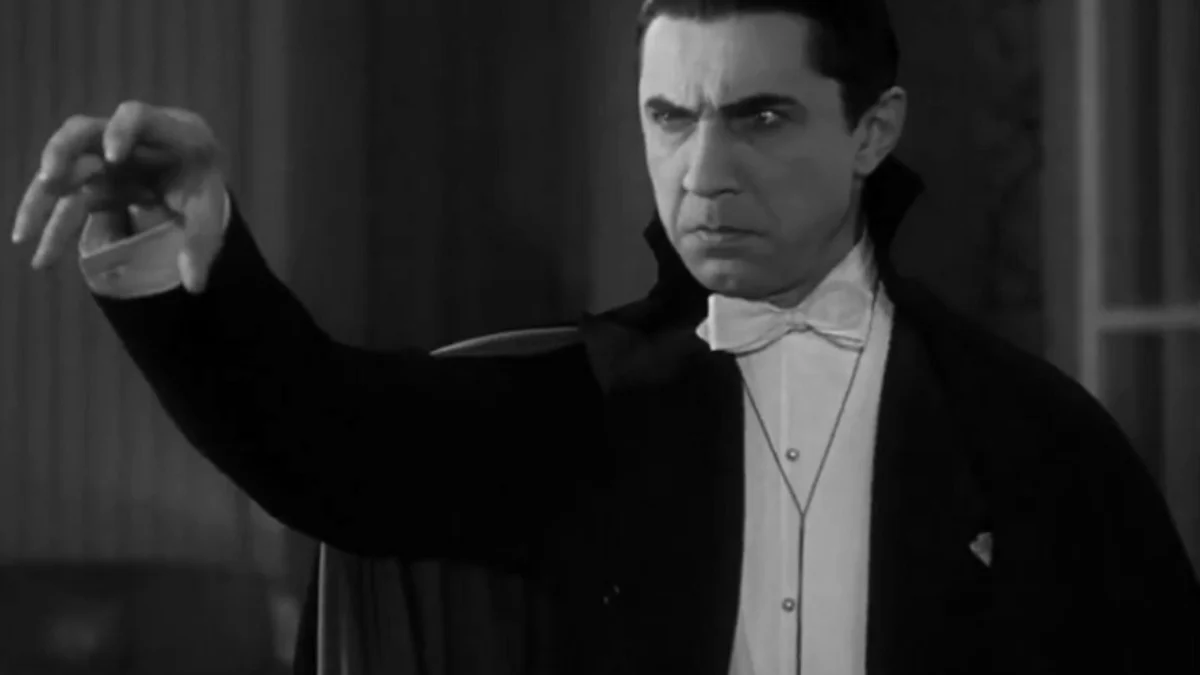
I’ve always been fascinated by stories of vampires – they seem to exist in almost every culture! Throughout history, people have told tales of creatures that steal life force, whether it’s through blood, breath, or even your spirit, and they’re often connected to the world of the dead. What’s really interesting is how different these vampires are – some can change shape, others are just animated corpses brought back by curses or accidents. It seems like their characteristics usually reflect what people were most afraid of at the time, like illness, attacks at night, improperly buried bodies, or even witchcraft. I’m excited to share a list of 15 famous vampire figures from around the world, and I’ll explain where they came from, how they hunt, and what people used to do to protect themselves.
Alp
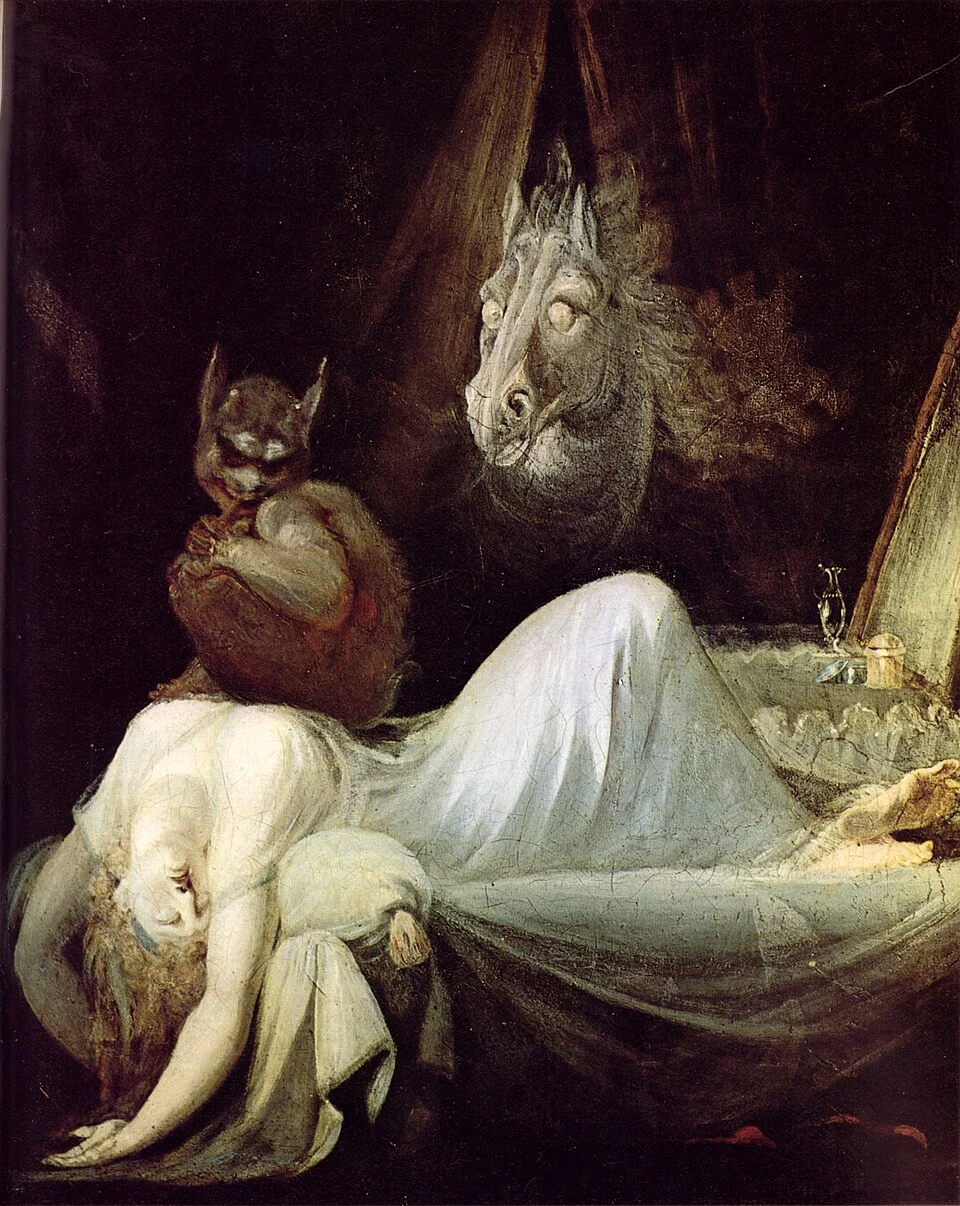
In German folklore, the Alp is a creature believed to cause the feeling of being trapped during a nightmare. It was thought to sit on people’s chests while they slept, draining their life force. Alps were considered shape-shifters, often appearing as animals like cats, dogs, or snakes, or even as small men wearing special cloaks. People traditionally tried to ward them off by placing objects like brooms, shoes, or knives near the bed, or by turning their pillows. This creature is also linked to the experience of feeling unable to move or breathe while sleeping, which folklore explained as the Alp’s doing.
Yara-ma-yha-who

In Aboriginal Australian storytelling, the Yara-ma-yha-who is a small, red creature resembling a frog. It ambushes people from fig trees, using suction cups on its hands and feet to drain their blood. It then swallows its victims, only to spit them back out—shorter in stature and more easily controlled. If attacked repeatedly, a person could eventually become one of these creatures themselves. Traditionally, elders cautioned children against resting under specific trees during the hottest part of the day, turning the landscape into a place of warning and teaching.
Baobhan Sith

As a movie buff who loves digging into folklore, I’ve come across some fascinating creatures, and the Baobhan Sith from Scottish Highlands legends is definitely one of them. Basically, they’re these incredibly beautiful fairy women, often described wearing green, who lure hunters or travelers – think sirens, but in the Scottish wilderness. The really creepy part? They drain your blood, sometimes after getting you to dance with them! Stories place them in really remote, wild areas, and they’re said to have deer-like hooves hidden under their dresses. Like a lot of fairy lore, they don’t like iron, and you can supposedly keep them at bay until sunrise if you stay inside a protective circle. It’s a really cool tale, and it feels like a warning about being careful when you’re traveling alone in the wilderness, and being wary of accepting help from strangers – classic folklore themes, really.
Lamia
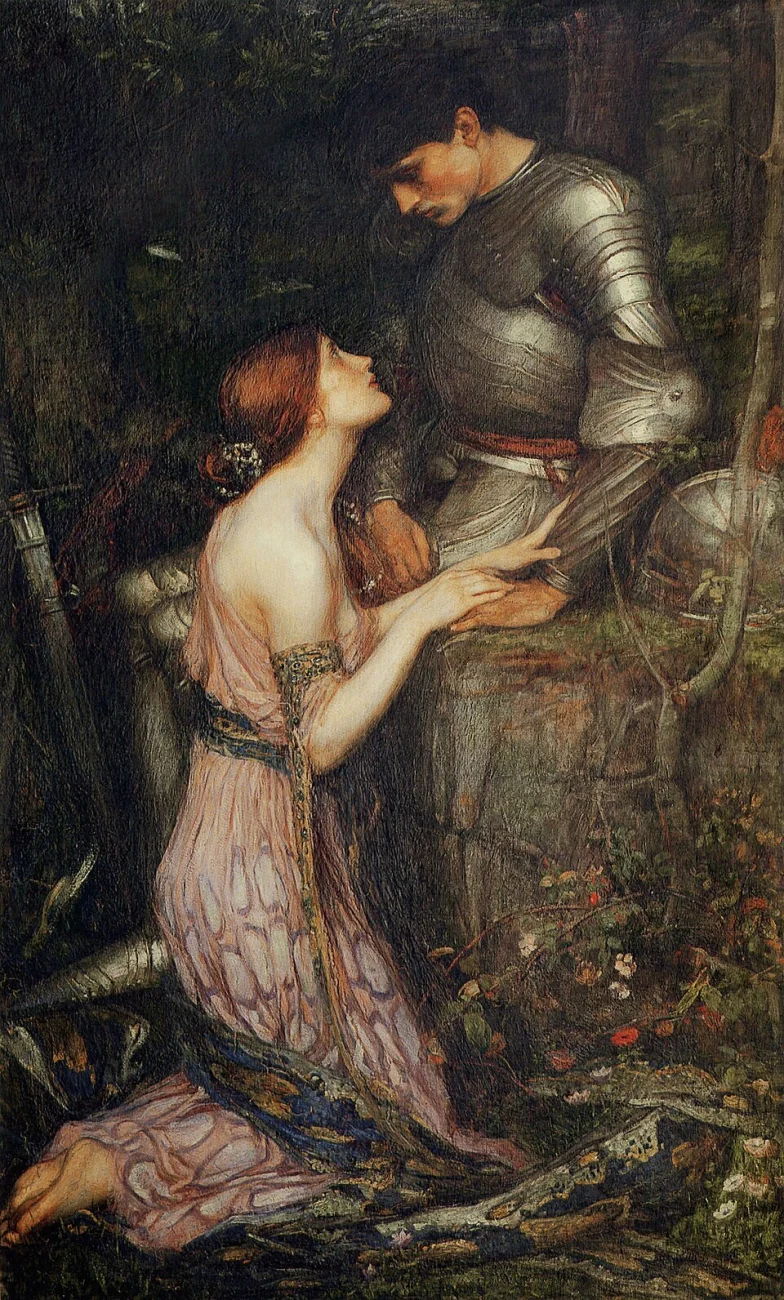
In ancient Greek and Roman stories, Lamia is a terrifying figure known for stealing children and drinking blood, often depicted as having the body of a woman and the lower body of a serpent. Over time, stories evolved to include her ability to remove her eyes and lure men before harming them. People believed they could protect themselves and their children with amulets, charms, and by carefully watching over children at night. Eventually, the name ‘Lamia’ became a broader term for evil, vampire-like women in European folklore.
Strzyga
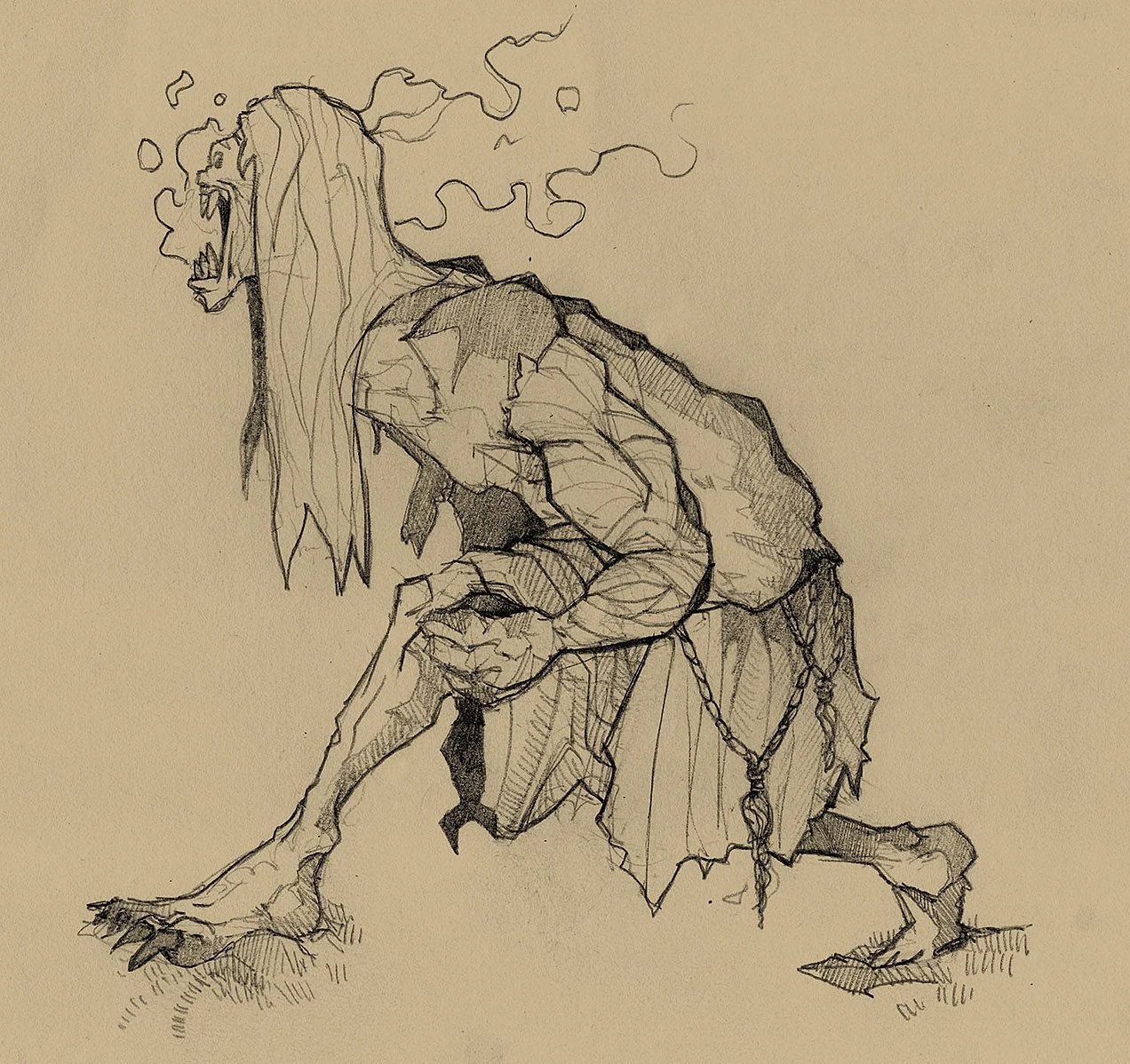
In Polish legends, a Strzyga is a creature said to be born with unusual physical traits – like having two hearts or extra sets of teeth. People believed that after death, these individuals would come back as a type of vampire, feeding on the blood and life energy of others, often starting with their own family and then moving on to the broader community. To prevent this, people would sometimes behead the body, stake it, or put stones in their mouth before burial. Travelers also used a clever trick: they’d carry poppy seeds or millet and scatter them behind them, forcing the Strzyga to stop and count the seeds, giving the traveler time to escape.
Nachzehrer
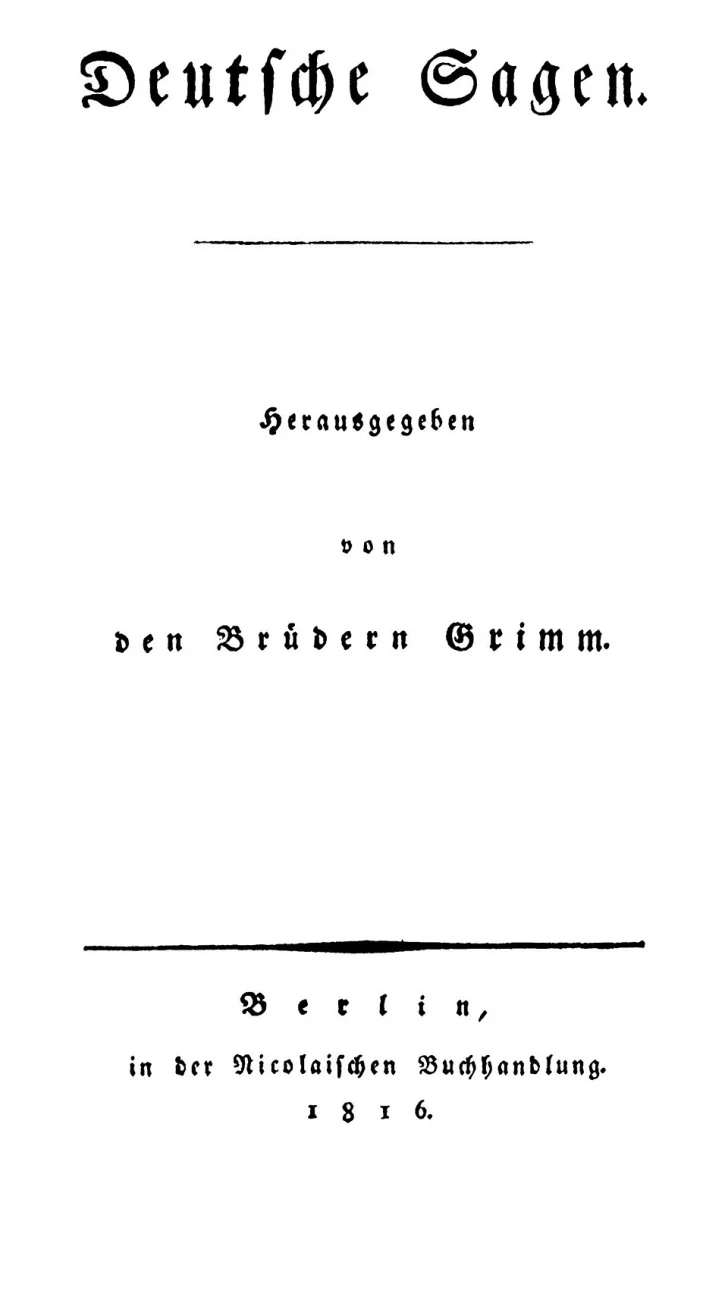
In German folklore, the Nachzehrer is a type of restless spirit linked to poorly performed burials and times of widespread disease. People believed it would gnaw on its burial cloth or even its own body, mysteriously draining the life from family members still living. To prevent this, people would sometimes put a coin or stone in the mouth of the deceased, tie their jaw shut, or bury them face down. This belief likely arose from historical fears about the spread of illness and death within families.
Upir (Upyr)
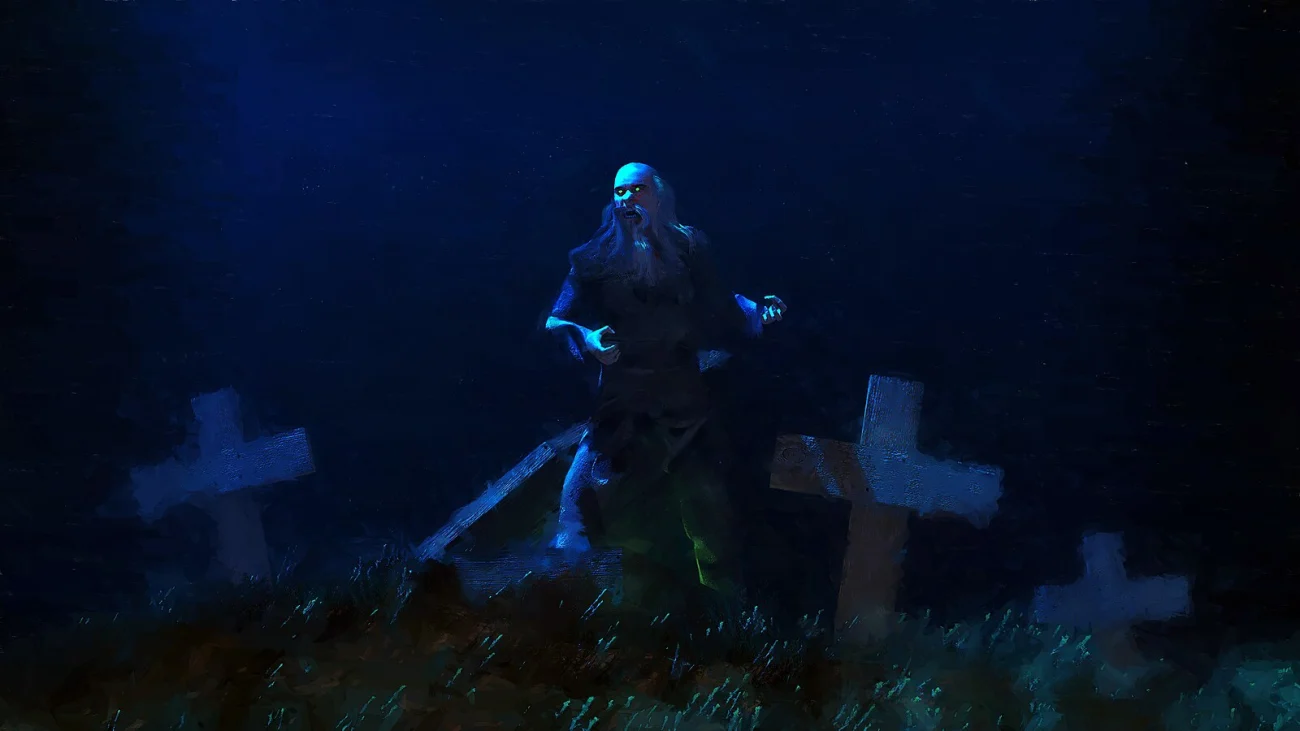
In Eastern European folklore, the Upir is a potent creature – sometimes a vampire, sometimes a living sorcerer – known for drinking blood and using magic. Stories about it differ depending on the area, but common ways to defeat an Upir involve water, fire, or reburying it. People traditionally used protective measures like scattering poppy seeds or tying knots to delay or stop it, forcing it to count or untie them. Also, many believed that sunrise, holy icons, and sacred ground could prevent the Upir from rising again.
Vrykolakas
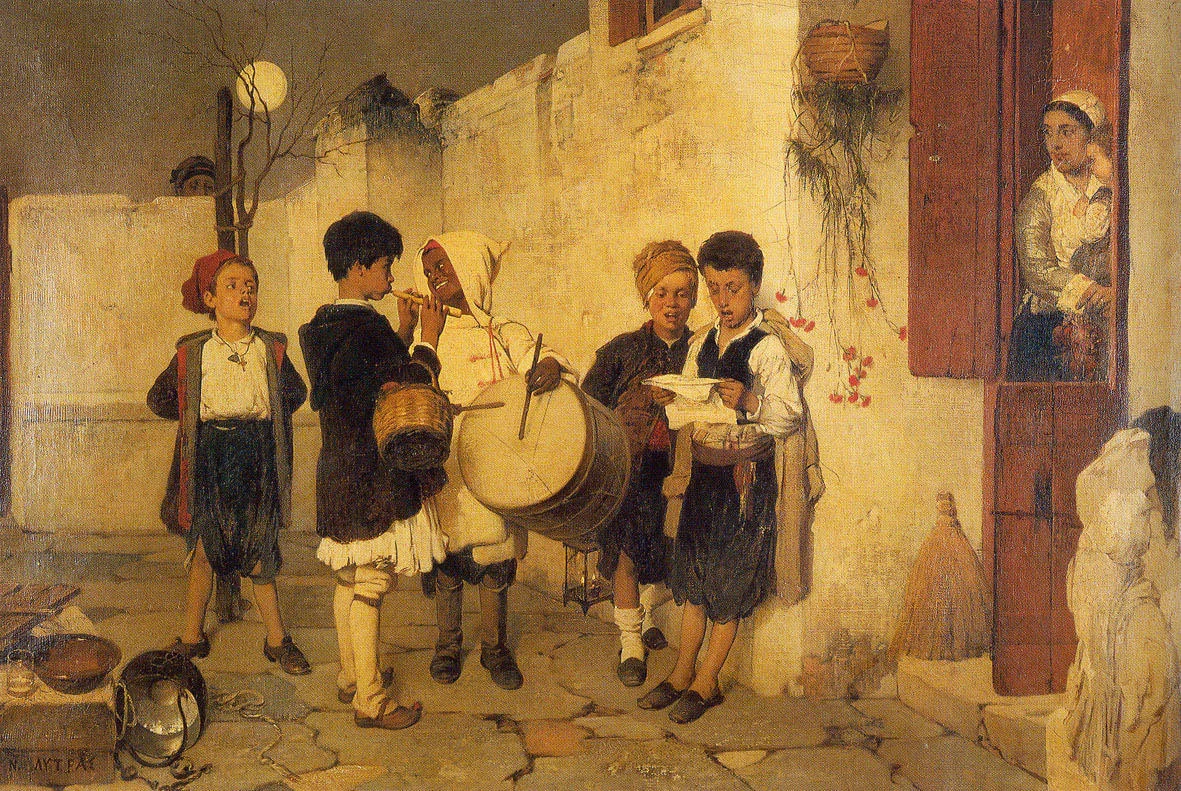
In Greek folklore, the Vrykolakas is a restless spirit that rises from the grave, but unlike vampires, it doesn’t spread through bites. Instead, it’s connected to being cursed, violating religious rules, or not being buried properly. People believed Vrykolakas would cause trouble at night – making noises, spreading illness, and even suffocating people in their sleep. To identify one, communities would watch the corpse for signs like swelling or bleeding. If suspected, they’d dig up the body and deal with it by staking or burning it. Interestingly, these stories often mention Saturday, a day when people believed the spirits of the dead were most active.
Jiangshi

In Chinese folklore, the Jiangshi is a hopping zombie that drains life energy from anything it touches. These creatures are said to come back to life because of improper burials, sudden deaths, or magic. They’re often controlled or kept in check using special charms with protective writing. Taoist priests, along with items like peach wood swords, mirrors, and the sound of a rooster, are traditionally used to ward them off. The Jiangshi’s stiff, arms-outstretched walk is thought to come from how corpses were carried in the past, which explains its unique hopping movement.
Obayifo
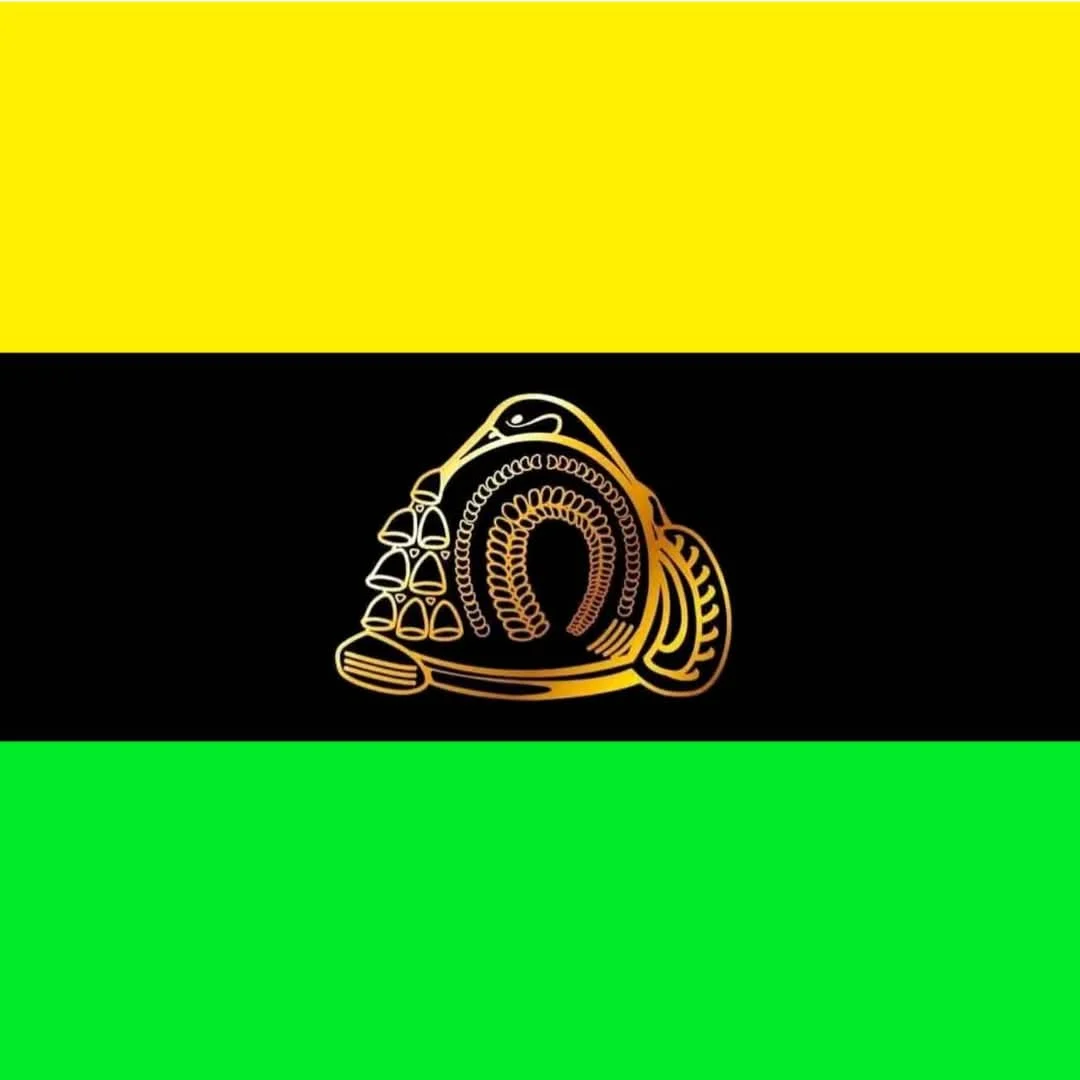
In West African Akan culture, the Obayifo is a type of witch-vampire believed to steal blood or life force, often targeting children and crops. These beings are said to leave their bodies at night as glowing spirits and are often identified by unusual habits related to food and salt. People protect themselves from Obayifo through charms, community watchfulness, and spiritual healers who can detect and fight their power. The beliefs surrounding the Obayifo connect a person’s health and well-being with the success of harvests, suggesting that individual hardship can reflect wider problems like famine.
Adze

According to Ewe folklore from Togo, Benin, and Ghana, the Adze is a creature that can transform into a firefly and enter homes to feed on sleeping people’s blood. If caught, it changes back into human form and might admit its wrongdoing, or be forced to reveal accusations through traditional rituals. These accusations often sparked conflicts related to witchcraft in the past. People traditionally protected themselves by using mosquito nets, sealing up their homes, and keeping watch at night. The story of the Adze served as a way to explain sickness and resolve disagreements within the community.
Pontianak (Kuntilanak)

In the folklore of Malaysia and Indonesia, the Pontianak (also known as Kuntilanak) is a vengeful female ghost who died during pregnancy or childbirth. She is said to hunt men, announcing herself with the smell of flowers or rotting things and a chilling laugh before attacking with sharp claws and teeth. People traditionally protect themselves by driving nails into the back of the neck, using iron objects, or reciting special prayers and charms. Stories often place her living in banana trees, which has led to avoiding those areas at night.
Vetala
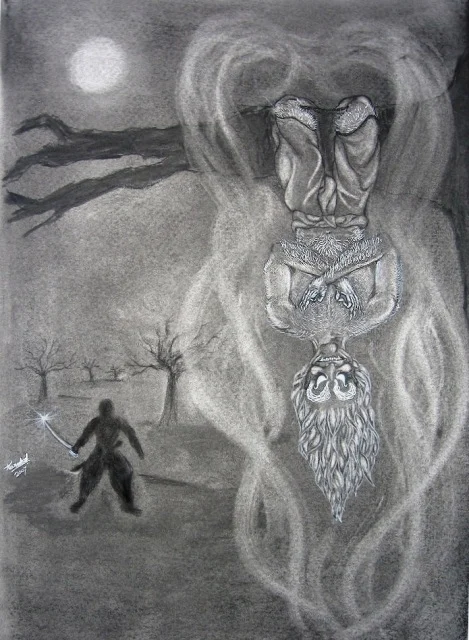
I’ve always been fascinated by the Vetala from Hindu stories! They’re these spirits that basically bring corpses to life and hang out in cemeteries – really creepy stuff! What’s even wilder is they can possess the dead, making them talk and even trick people, and they’re super hard to fight because they’re not really hurting the body itself, just using it like a puppet. Apparently, the best way to deal with them isn’t brute force, but through special rituals and knowledge. These stories aren’t just scary though; they really make you think about things like fate, cleverness, and what happens when the body and spirit separate. It’s a really cool and thought-provoking part of Hindu folklore.
Aswang
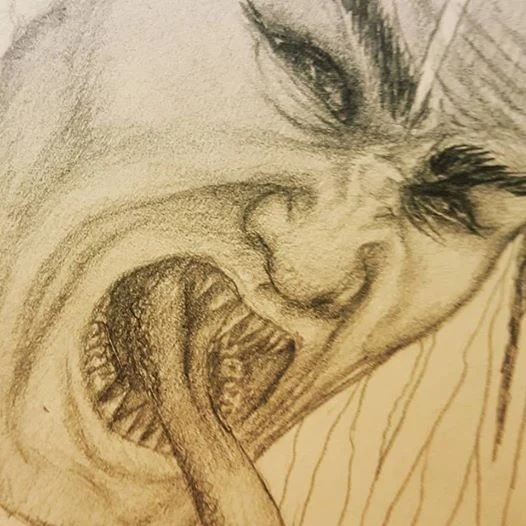
In Philippine folklore, the “Aswang” is a general term for creatures that can change shape and prey on humans, often appearing as normal people during the day and hunting at night. These beings come in many forms – some steal corpses, others suck out internal organs, and some can transform into animals like dogs or boars. Each type has its own specific weaknesses. Traditionally, people protect themselves using things like garlic, salt, iron, and holy oil, and even weapons made from stingray tails. Communities also share stories and signs – like seeing an upside-down reflection or hearing a clicking tongue – to help them identify Aswang before they attack.
Manananggal
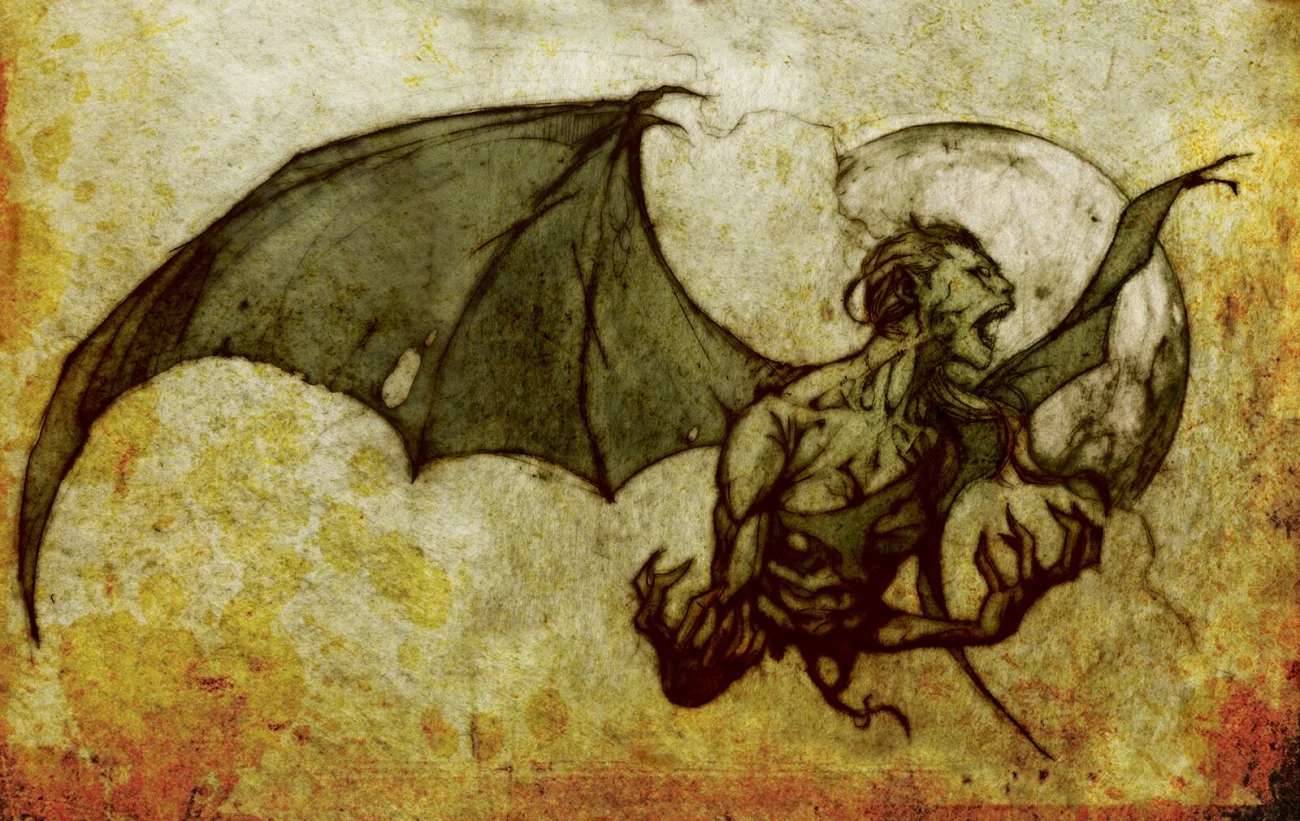
The Manananggal is a well-known creature in Philippine folklore. It’s said to be able to split its body in half, with the upper torso growing wings like a bat. It then hunts for sleeping people – especially pregnant women – using a long tongue to drink their blood or eat their organs. Stories say the Manananggal can reach victims through small openings in walls or roofs. To protect against it, people spread things like salt, garlic, ash, or broken glass on the lower half of its body to prevent it from rejoining before sunrise. They also mark openings in roofs and windows, as the Manananggal typically attacks from above at night.
Okay, movie fans, I’m super curious! I want to know – what’s your culture’s take on vampires or similar creatures? I’m talking about those spooky legends you heard as a kid. Share your favorite folklore blood-sucker in the comments and tell us the stories that gave you chills growing up!
Read More
- Fed’s Rate Stasis and Crypto’s Unseen Dance
- Blake Lively-Justin Baldoni’s Deposition Postponed to THIS Date Amid Ongoing Legal Battle, Here’s Why
- Ridley Scott Reveals He Turned Down $20 Million to Direct TERMINATOR 3
- Baby Steps tips you need to know
- Dogecoin’s Decline and the Fed’s Shadow
- Global-e Online: A Portfolio Manager’s Take on Tariffs and Triumphs
- Top 10 Coolest Things About Indiana Jones
- Northside Capital’s Great EOG Fire Sale: $6.1M Goes Poof!
- The VIX Drop: A Contrarian’s Guide to Market Myths
- WELCOME TO DERRY’s Latest Death Shatters the Losers’ Club
2025-10-27 01:16